Myths about teaching can hold you back


- Year 10•
- Foundation


- Year 10•
- Foundation
Problem solving with similarity
I can use my knowledge of similarity to solve problems.
These resources were made for remote use during the pandemic, not classroom teaching.
Switch to our new teaching resources now - designed by teachers and leading subject experts, and tested in classrooms.
Lesson details
Key learning points
- A scaled version of a shape is very useful.
- Being able to scale the perimeter can reduce the number of calculations.
- Enlargement (transformations) and similar shapes are connected.
Keywords
Similar - Two shapes are similar if the only difference between them is their size. Their side lengths are in the same proportions.
Invariant - A property of a shape is invariant if that property has not changed after the shape is transformed.
Enlargement - Enlargement is a transformation that causes a change of size.
Scale factor - A scale factor is the multiplier between similar shapes that describes how large one shape is compared to the other.
Common misconception
A ratio of 1 : 400 for a scale model of a car to a real car will have units of cm and metres, because a scale model is measured in cm and a real car is measured in metres.
Unless the scale explicitly includes different units of measure for each part, you must always use the same unit for each part of a ratio. So, 1 : 400 should be seen as 1 cm : 400 cm, not 400 metres, which is far too long for a car!
To help you plan your year 10 maths lesson on: Problem solving with similarity, download all teaching resources for free and adapt to suit your pupils' needs...
To help you plan your year 10 maths lesson on: Problem solving with similarity, download all teaching resources for free and adapt to suit your pupils' needs.
The starter quiz will activate and check your pupils' prior knowledge, with versions available both with and without answers in PDF format.
We use learning cycles to break down learning into key concepts or ideas linked to the learning outcome. Each learning cycle features explanations with checks for understanding and practice tasks with feedback. All of this is found in our slide decks, ready for you to download and edit. The practice tasks are also available as printable worksheets and some lessons have additional materials with extra material you might need for teaching the lesson.
The assessment exit quiz will test your pupils' understanding of the key learning points.
Our video is a tool for planning, showing how other teachers might teach the lesson, offering helpful tips, modelled explanations and inspiration for your own delivery in the classroom. Plus, you can set it as homework or revision for pupils and keep their learning on track by sharing an online pupil version of this lesson.
Explore more key stage 4 maths lessons from the Similarity unit, dive into the full secondary maths curriculum, or learn more about lesson planning.

Licence
Prior knowledge starter quiz
6 Questions
Q1.Which of these pairs of triangles are congruent?

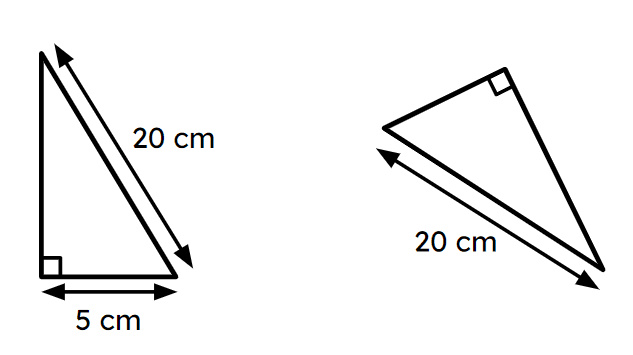
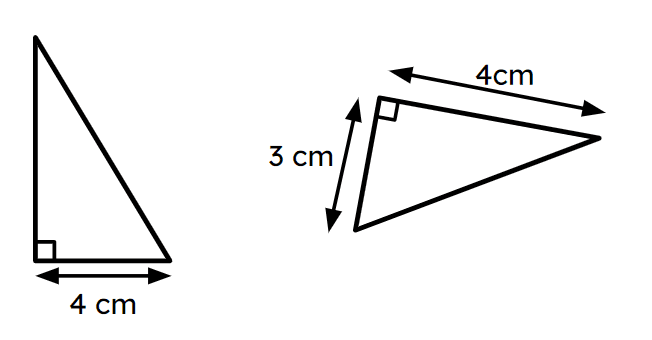
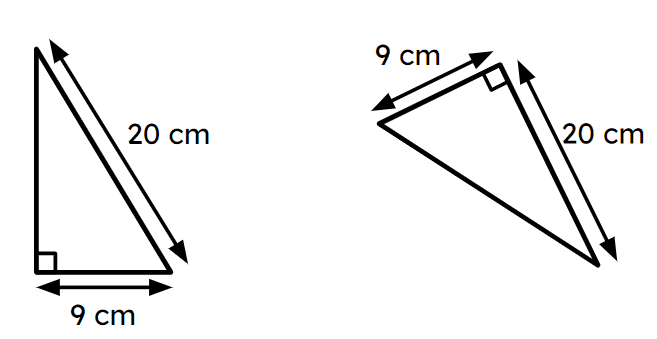
Q2.Pythagoras’ theorem states that the of the squares of the two shorter sides of a right-angled triangle is equal to the square of the hypotenuse.
Q3.The lengths of the 3 edges of some triangles are given. Select all the right-angled triangles.
Q4.A right-angled triangle has a hypotenuse of 65 mm. Select the possible lengths of the two shorter sides.
Q5.Triangle ABC and triangle DEF are congruent and AB > BC. The length of the side $$x$$ is cm.

Q6.Match each letter which the correct statement to complete the proof that triangle DAC and triangle ABC are congruent.
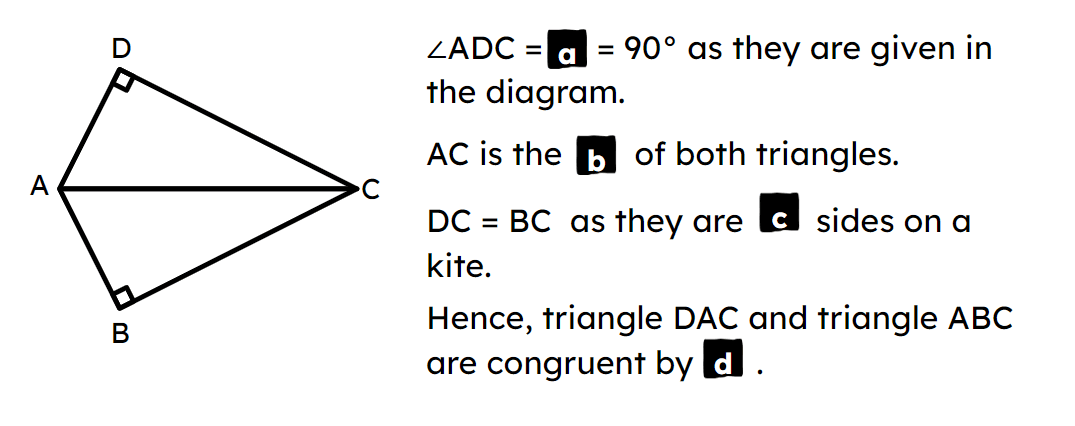
a -
∠ABC
b -
hypotenuse
c -
adjacent
d -
RHS
Assessment exit quiz
6 Questions
Q1.Similarity can be used in architecture or in mechanical drawings to make a drawing of a real world object.
Q2.This is a scale drawing of a van. The height of the van is metres.
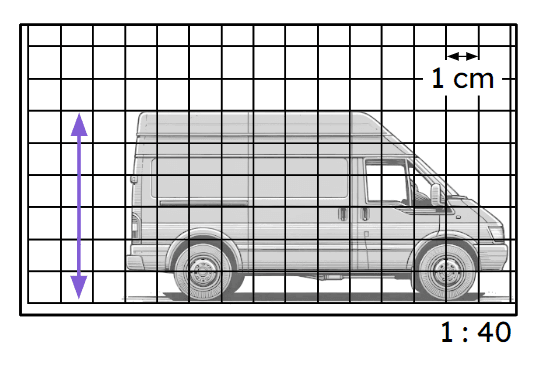
Q3.This is a scale drawing of a van. The length of the van is metres.

Q4.Sam has attempted to enlarge this object by a scale factor of 2.5. Which statements are correct?

Q5.The dashed triangle shows the route a bird took between its nest N, a lake L and an old manor house M. The bird flies direct from its nest to the manor and then to the lake. How far does it fly?
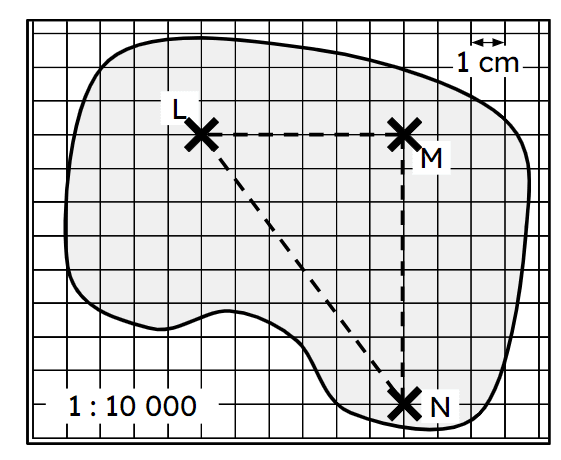
Q6.The dashed triangle shows the route a bird took between its nest N, a lake L and an old manor house M. The bird flies direct from its nest, N, to the lake, L. The distance the bird flies is km.


